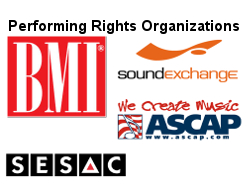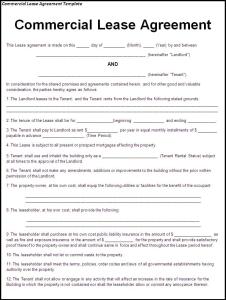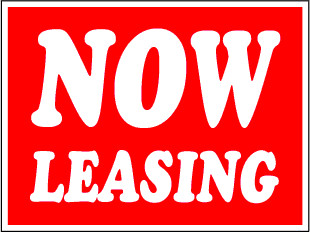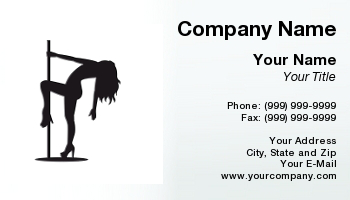 Music Licensing: International law varies. In the USA if you will be playing licensed music (BMI,ASCAP, SESAC & SoundExchange in the USA, SOCAN in Canada, PPL in UK) you must pay a public performance fee to the organizations. The pole studio owner is responsible for the fees regardless of who or how the music was brought into the studio. It is a myth that if you purchased a CD of music you can use it for pole classes or performances.
Music Licensing: International law varies. In the USA if you will be playing licensed music (BMI,ASCAP, SESAC & SoundExchange in the USA, SOCAN in Canada, PPL in UK) you must pay a public performance fee to the organizations. The pole studio owner is responsible for the fees regardless of who or how the music was brought into the studio. It is a myth that if you purchased a CD of music you can use it for pole classes or performances.
Another myth is that if you pay the proper licensing fees to the performing arts organizations that you are allowed to copy CD’s, cassettes or download music from wherever you like. That is also false. You have paid for the performance rights only. The copies of music recordings are mechanical rights. You need to obtain the recordings legally by purchasing the original CD’s, LP’s, one of the download services like iTunes, Google play store or Amazon. If you have a pole dance performer who wishes to use a song or piece of music you do not have, you should have the performer bring their legally purchased copy of music. There are music collections (either CD or for download) for fitness centers that have hit songs but recorded by other artists. This reduces the cost with purchasing the music. Some of the major bands and singers command a high price which translates in a high price for the consumer. There are also some music artists who will not sell their recordings for use at fitness centers. You can still purchase these artists’ original recordings and play in your business if the performance rights has been paid for.
US law states that you have purchased the music for private listening. Even music (Clickmix, Yes!, fitness Tunes, etc.) that provide music for fitness classes do not include the public performance license. There are services like Pandora for Business by DMX which state they have paid the fees for public performance but not that in the written terms that specifically excludes places that charge an admission fee. If you charge for a pole fitness class or pole party you are indeed charging for admission. These are have paid fees only if used say in a retail store or doctor’s office. Even a Pole studio must pay licensing for music played over TV or radio unless you meet both of these conditions:
1) Facility with less than 2000 square feet.
2) The music is broadcast by not more than 6 speakers, of which not more than 4 speakers are located in any room.
 Your other option is to use License Free music. These will not be the hits but original music created specifically for this purpose. You pay a higher cost for the CD’s, Internet channel or service but it can be less expensive than the public performance fees. Realize that if you play one song from one of the performance rights organizations you are already responsible for the fees. The last option is music from local bands & musicians.
Your other option is to use License Free music. These will not be the hits but original music created specifically for this purpose. You pay a higher cost for the CD’s, Internet channel or service but it can be less expensive than the public performance fees. Realize that if you play one song from one of the performance rights organizations you are already responsible for the fees. The last option is music from local bands & musicians.
Often there are musicians who offer their own original music for playback simply for the exposure. They may not play live often or at all. Recording is often in their home although the quality of home recording equipment has advanced to the quality being equal to many classic record albums. You may need to place a poster with information within your studio. Rarely there is a small charge which could be equal to the cost of a single CD. There are no set rules so everyone does it differently. These people just want to get their music out there somewhere.
- USA:
- BMI – http://www.bmi.com/licensing
- ASCAP – http://www.ascap.com/licensing/
- SESAC – http://www.sesac.com/Licensing/Licensing.aspx
- SoundExchange – http://www.soundexchange.com/
- Canada:
- SOCAN – http://www.socan.ca/licensees
- UK:
- PPL – http://www.ppluk.com/


 If you have a rainstorm and water leaks into your facility, you will need to know whether to call the landlord or a roofer. You may need to keep cut grass and pickup the parking area. In fact the lease may specify that if you do not maintain properly you have violated the lease agreement and be subject to penalties or possible eviction. There are also many different state laws also that may regulate these things and a real estate attorney can advise you when signing the lease. You need to know the specifics as these will effect the amount of expenses your business will encounter.
If you have a rainstorm and water leaks into your facility, you will need to know whether to call the landlord or a roofer. You may need to keep cut grass and pickup the parking area. In fact the lease may specify that if you do not maintain properly you have violated the lease agreement and be subject to penalties or possible eviction. There are also many different state laws also that may regulate these things and a real estate attorney can advise you when signing the lease. You need to know the specifics as these will effect the amount of expenses your business will encounter. The Pole Biz copvers many areas. It could be an independant Pole Dance Instructor, Owning a Pole Fitness Studio, Manufacturing or selling pole related accessories, a line of clothing for the pole performer, providing pole parties and many more. Maybe you have a unique idea to bring to the Pole industry? Each of these will be covered in depth in separate articles. Most articles and information will pertain to all pole related businesses.
The Pole Biz copvers many areas. It could be an independant Pole Dance Instructor, Owning a Pole Fitness Studio, Manufacturing or selling pole related accessories, a line of clothing for the pole performer, providing pole parties and many more. Maybe you have a unique idea to bring to the Pole industry? Each of these will be covered in depth in separate articles. Most articles and information will pertain to all pole related businesses.